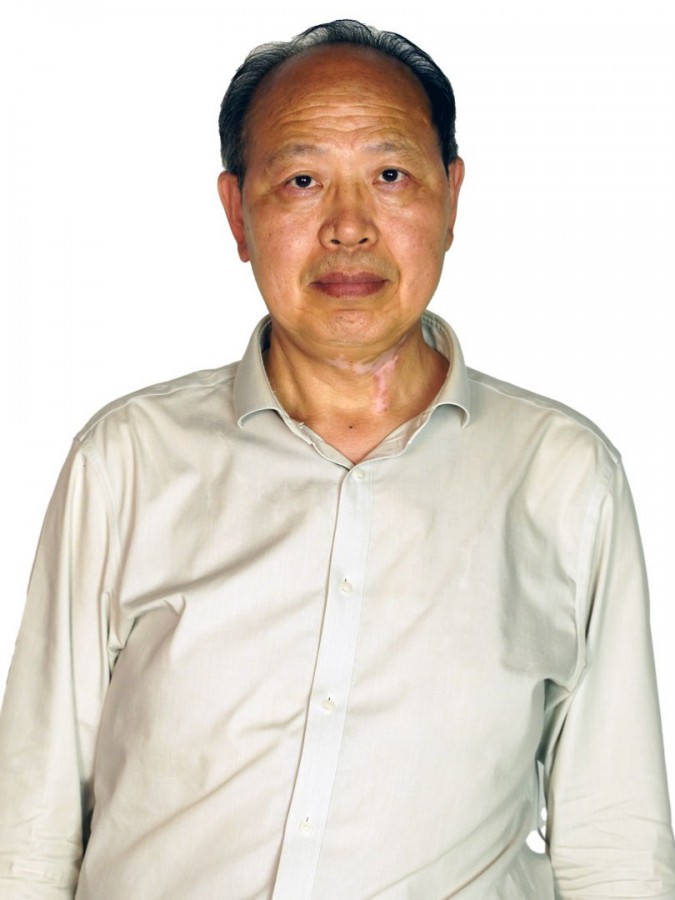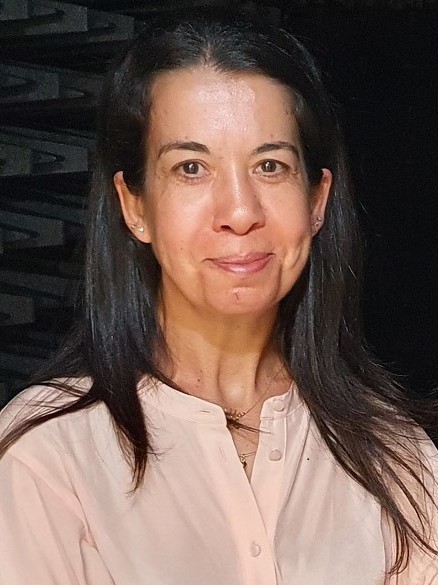abstract
Luminescence thermometry presents precise remote temperature measurement capabilities but faces significant challenges in real-world applications, primarily stemming from the calibration's susceptibility to environmental factors. External factors can compromise accuracy, necessitating resilient measurement protocols to ensure dependable temperature (T) readings across various settings. We explore a novel three-dimensional (3D) approach based on time-gated (t) luminescence thermometric parameters, Delta(T,t), employing physical mixtures of surface-engineered carbon dots (CDs) based on dibenzoylmethane and rhodamine B. These CDs showcase enduring, temperature-responsive, and customizable phosphorescence, easily activated by low-power LEDs and distinguished by their prolonged emission time due to thermally activated delayed phosphorescence. Quantifying the thermal emission dependency is achievable through conventional spectrometer analyses or by capturing photographs with a smartphone's camera under flashlight illumination, yielding up to 30 time-gated ratiometric thermometric parameters per sample. Notably, within the temperature range of 23-45 degrees C, the maximum relative sensitivity of 7.9% degrees C-1 surpasses current state-of-the-art CD-based thermometers and ensures temperature readout with low-resolution portable devices as non-modified smartphones.
keywords
FLUORESCENCE
subject category
Chemistry; Science & Technology - Other Topics; Materials Science; Physics
authors
Silva, SFV; Figueiredo, G; Pereira, RFP; Bermudez, VD; Fu, LS; Andre, PS; Neto, ANC; Ferreira, RAS
our authors
Projects
CICECO - Aveiro Institute of Materials (UIDB/50011/2020)
CICECO - Aveiro Institute of Materials (UIDP/50011/2020)
Associated Laboratory CICECO-Aveiro Institute of Materials (LA/P/0006/2020)
acknowledgements
This work was developed within the scope of the project CICECO-Aveiro Institute of Materials, UIDB/50011/2020, UIDP/50011/2020 & LA/P/0006/2020, financed by national funds through the FCT/MCTES (PIDDAC) and Instituto de Telecomunicacoes (UID/EEA/50008/2021). GVF thanks FCT for a PhD grant (2023.00526.BDANA). SFH Correia (IT) and LMSD (CICECO) are acknowledged for experimental support. ANCN acknowledges funding from the LogicALL project (PTDC/CTMCTM/0340/2021) financed by FCT/MEC (PIDDAC). RFP Pereira acknowledges FCT for CQ-UM base and programmatic projects (UIDB/00686/2020 and UIDP/00686/2020) and FCT-UMinho for the contract in the scope of Decreto-Lei 57/2016 (DOI: 10.54499/DL57/2016/CP1377/CT0050). V. de Zea Bermudez thanks FCT for funding CQ-VR (UIDB/0616/2020 and UIDP/0616/2020).




